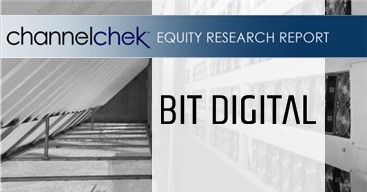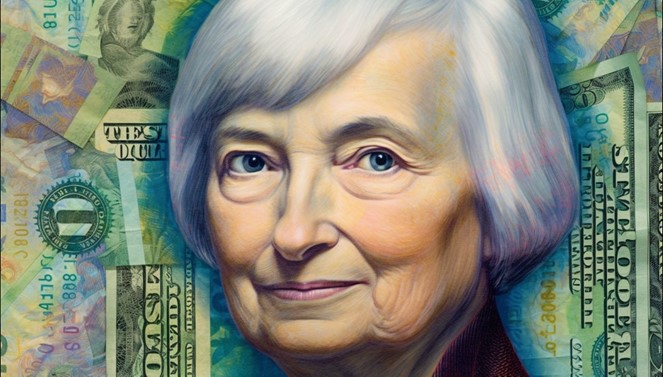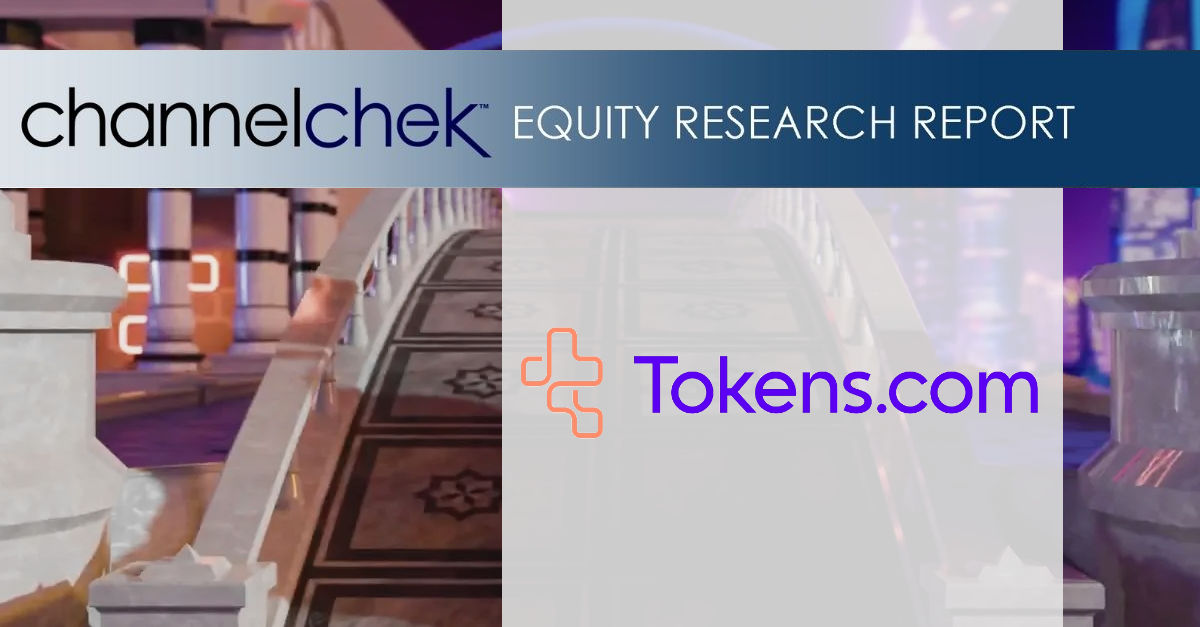
Can Investment Advisors and Artificial Intelligence Co-Exist
Are investment advisors going to be replaced by machine learning artificial intelligence?
Over the years, there have been inventions and technological advancements that we’ve been told will make investment advisors obsolete. This includes mutual funds, ETFs, robo-advisors, zero-commission trades, and trading apps that users sometimes play like a video game. Despite these creations designed to help more people successfully manage their finances and invest in the markets, demand for financial advisors has actually grown. Will AI be the technology that kills the profession? We explore this question below.
Increasing Need for Financial Professionals
According to the US Bureau of Labor Statistics (BLS), “Employment of personal financial advisors is projected to grow 15 percent from 2021 to 2031, much faster than the average for all occupations.” Some of the drivers of the increased need include longevity which is expanding the years and needs during retirement, uncertain Social Security, a better appreciation toward investing, and an expected wealth transfer estimated to be as high as $84 trillion to be inherited by younger investors. As birthrates have decreased over the decades in the US, the wealth that will be passed down to younger generations will be shared by fewer siblings, and for many beneficiaries, it may represent a sum far in excess of their current worth.
With more people living into their 90s and beyond, and Social Security being less certain, an understanding of the power of an investment plan, and a lot of newly wealthy young adults to occur over the next two decades, the BLS forecast that the financial advisor profession will grow faster than all other professions, is not surprising.
Will AI Replace Financial Planners?
Being an investment advisor or other financial professional that helps with managing household finances is a service industry. It involves reviewing data, an immense number of options, scenario analysis, projections, and everything that machine learning is expected to excel at within a short time. Does this put the BLS forecast in question and wealth managers at risk of seeing their practice shrink?
For perspective, I reached out, Lucas Noble of Noble Financial Group, LLC (not affiliated with Noble Capital Markets, Inc. or Noble Financial Group, Inc. – creator of Channelchek). Mr. Noble is an Investment Advisor representative (IAR), a Certified Financial Planner (CFP), and holds the designations of Accredited Estate Planner (AEP), and Chartered Financial Consultant (ChFC). Noble believes that AI will change the financial planner’s business, and he has enthusiastically welcomed the technology.
On the business management side of running a successful financial advisory business, Noble says, “New artificial intelligence tools could help with discussions and check-ins so that clients are actually in closer touch with his office, so he becomes aware if they need anything.” He has found that it helps to remind clients of things like if they have a set schedule attached to their plan, he added, “the best plan in the world, if not implemented, leaves you with nothing.” AI as a communications tool could help achieve better results by keeping plans on track.
On the financial management side of his practice, he believes there will never be a replacement for human understanding of a household’s needs. While machine learning may be able to better characterize clients, there is a danger in pigeonholing a person’s financial needs too much, as every single household has different needs, and the dynamics and ongoing need changes, drawn against external economic variations, these nuances are not likely to be accessible to AI.
Additionally, he knows the value of trust to his business. People want to know what is behind the decision-making, and they need to develop a relationship with someone or a team they know is on their side. He knows AI could be a part of decision making and at times trust, but doesn’t expect the role of a human financial planner is going away. Lucas has seen that AI instead adds a new level of value to the advisor’s services, giving them the power to provide even more insightful and personalized advice to help clients reach their financial goals. Embracing proven technology has only helped him better serve, and better retain clients.

AI Investing for IAs
Will AI ever be able to call the markets? Noble says, it’s “crazy to assume that it is impossible.” In light of the advisors’ role of meeting personally with clients, counseling them on their own finances, and plans, perhaps improving on budgets, and deciding where insurance is a preferred alternative, AI can’t be ignored in the role of a financial planner.
Picking stocks, or forecasting when the market may gain strength or weaken, doesn’t help without the knowledge to apply it to individuals whose situation, expectations, and needs are known to the advisor.
Take Away
Artificial intelligence technology has been finding its way into many professions. Businesses are finding new ways to streamline their work, answer customers’ questions, and even know when best to reach out to clients.
The business of financial planning and wealth management is expected to grow faster than any other profession in the coming decades. Adopting the technology for help in running the communications side of the business, and as new programs are developed, scenario analysis to better gauge possible outcomes of different plans, could make sense to some. But this is not expected to replace one-on-one relationships and the depth of human understanding of a household’s situation.
If you are a financial advisor, or a client of one that has had an experience you’d like to share, write to me by clicking on my name below. I always enjoy reader insight.
Managing Editor, Channelchek
A special Thank you to Lucas J. Noble, CFP®, ChFC®, CASL®, AEP®, Noble Financial Group, Wakefield, MA.
Sources















